As some of you know, I spent much of my childhood growing up in Papua New Guinea (PNG), where my parents served in missions. PNG is a 3rd world country, often considered to be one of the world’s ‘final frontiers’. With over 700 distinct languages, rugged terrain, and tribal customs, the nation is one of the most undeveloped and primitive in the world.
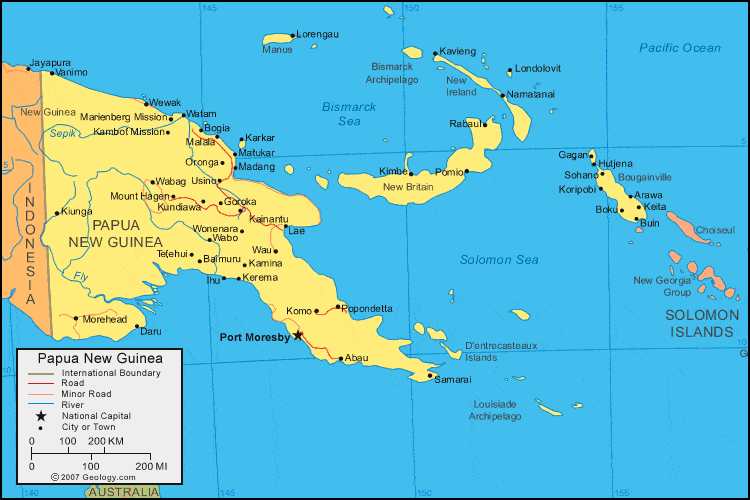

This backwards, primitive image rapidly changes, however, when one visits the nation’s capital. The capital city of PNG is Port Moresby, and is truly the gateway to the nation. I have visited the city many times, and can attest that it is a truly fascinating place. Port Moresby is a booming metropolis that is growing incredibly wealthy due to huge growth in its business sector and major investment (mainly from Australia and China) in PNG’s vast natural resources of oil and gold. The city’s population is burgeoning rapidly, and its cost of living has skyrocketed.


The urban planning and structure of Port Moresby is a study in contradictions. On the one hand, the wealthy and developed areas of the capital are similar to any modern-day city. High-rise buildings, luxurious hotels, and modern apartments dominate the downtown landscape. Port Moresby is also home to PNG’s only international airport, served by the national carrier Air Niugini. Jackson’s International Airport and Air Niugini facilitate the transport of businessmen and investors from all over the world to engage in PNG’s vibrant resource industry.
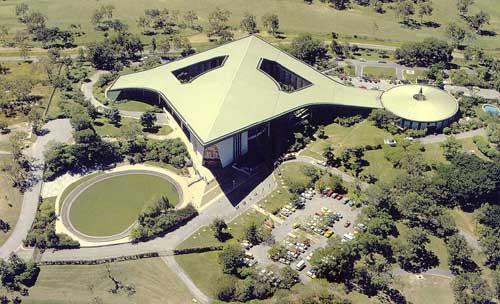
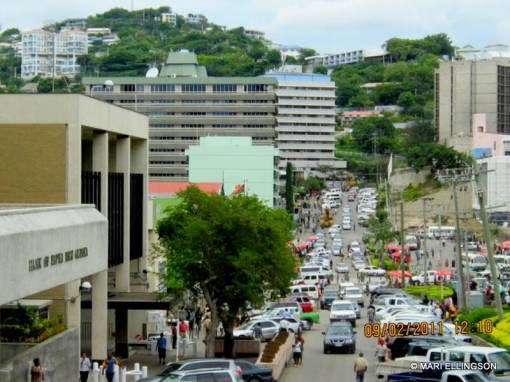


On the other hand, Port Moresby IS the capital of a 3rd world nation, and the poverty and underdevelopment that characterizes the rest of the nation is readily visible in certain sectors of the city. Standing in stark contrast to the wealthy downtown core, the outlying areas of the city are filled with run-down settlements, shantytowns, and primitive villages – areas unknown to tourists, ignored by the government, and forgotten by the businessmen and wealthy elite of Port Moresby. Crime and violence run rampant, and the city has one of the highest crime rates in the world.



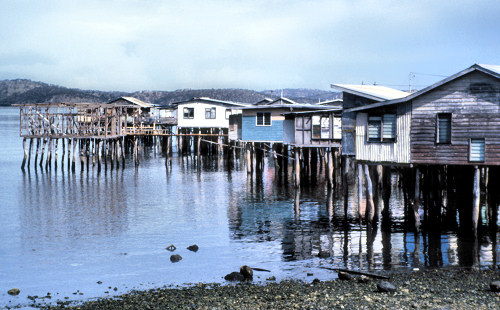
The stark contrast between rich and poor in Port Moresby’s urban atmosphere is often hidden, but the two sometimes intersect in visible ways. The photos below capture this reality, revealing the modern downtown core in the background, with primitive village huts built over the water in the foreground.


For Port Moresby’s architects and urban planners, the current challenge is to find a way to bridge the gap between the modern, wealthy sectors of the city and the primitive, village-like areas. City planners must attempt to find a way to bring wealth and development to all areas of the city, focusing on modernizing architecture and infrastructure in the shantytowns of Port Moresby. Rather than simply focusing on the modern downtown core, a city-wide development focus must be employed if true improvements are to come to the city as a whole.

SOURCES FOR IMAGES:
– http://geology.com/world/papua-new-guinea-satellite-image.shtml
– http://devpolicy.org/png-37-years-after-independence-the-question-of-leadership-20121109/png-flag/
– http://www.llns.com.pg/our_firm.php
– http://www.skyscrapercity.com/showthread.php?t=63447
– http://wikimapia.org/1803466/Parliament-House
– http://islandmeri.wordpress.com/2011/02/28/views-of-port-moresby-on-a-dull-day/
– http://www.placesonline.com/detail_information/3362669/crowne_plaza_hotel_port_moresby.asp
– http://en.wikipedia.org/wiki/File:Air_Niugini_Boeing_757-200_SYD_Zhao.jpg
– http://commons.wikimedia.org/wiki/File:Port_Moresby_080805-N-9689V-004.jpg
– http://commons.wikimedia.org/wiki/File:Poor_coastal_housing_at_Hanuabada_in_Port_Moresby2.jpg
– http://commons.wikimedia.org/wiki/File:Squatters_at_Rubish_Tip_in_Port_Moresby.jpg
– http://livingtravel.com/pacific/papuanewguinea/portmoresby/portmoresby.htm

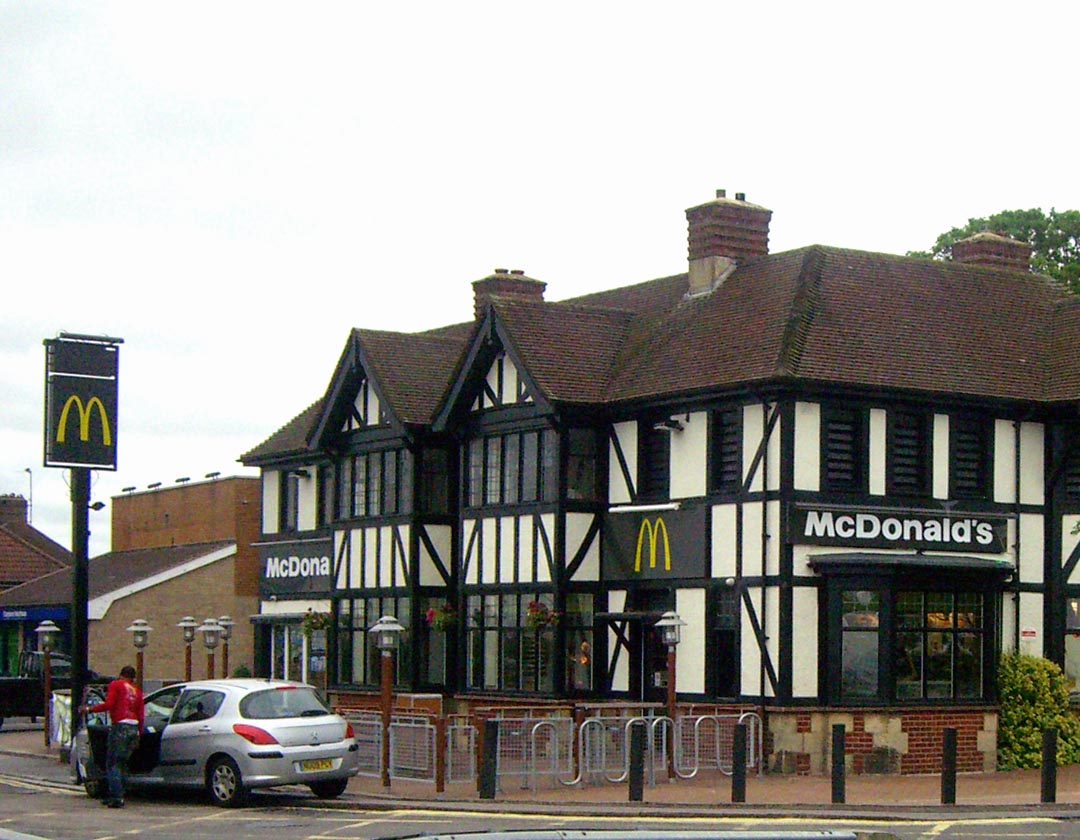 McDonalds near London, England
McDonalds near London, England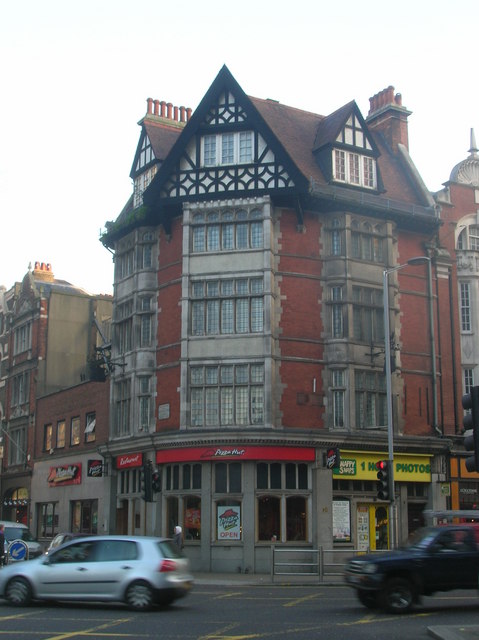 Pizza Hut – Kensington High Street, London, England
Pizza Hut – Kensington High Street, London, England